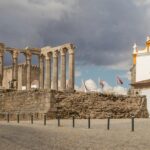Sensoji Temple is Tokyo’s oldest and most iconic Buddhist temple, drawing millions of visitors each year. It is located in Asakusa and boasts a striking red pagoda, the grand Kaminarimon Gate, and the bustling Nakamise Street filled with traditional shops. The temple’s rich history dates back to 628 AD, making it a cultural gem. Whether you’re admiring its intricate architecture, soaking in the spiritual ambience, or exploring nearby attractions, Sensoji offers a glimpse into Japan’s past. Visiting at night adds a magical glow to the experience. A must-see for both tourists and history buffs!
Location
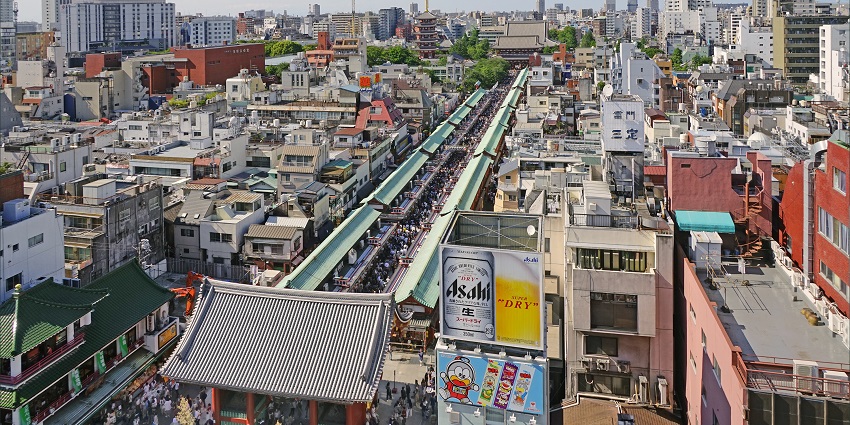
Photo: Jean-Pierre Dalbéra / Wikimedia Commons
The Sensoji Temple address is located in Asakusa, Tokyo, Japan. It sits in the Taito ward, just a short walk from Asakusa Station, making it easily accessible by train. The temple is about 5 km northeast of central Tokyo and approximately 20 km from Haneda Airport. It’s well-connected by the Tokyo Metro Ginza Line, Toei Asakusa Line, and Tobu Skytree Line.
How To Reach
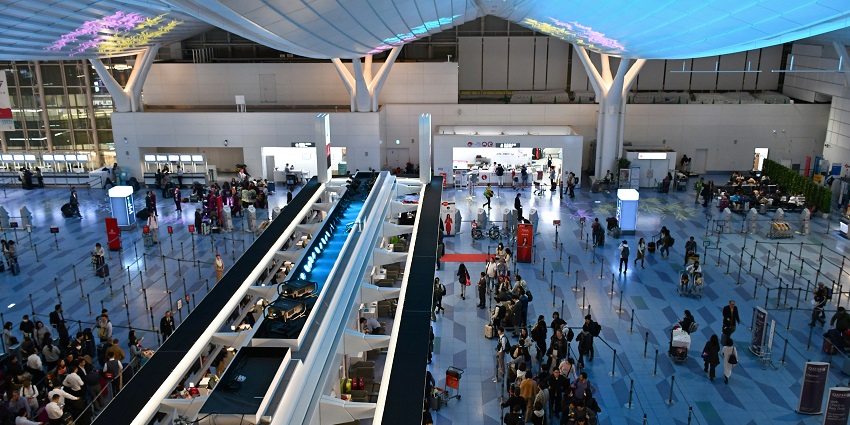
Photo: ScribblingGeek / Wikimedia Commons
You can easily accessible by air, train, and road. Located about 5 km from central Tokyo, it is well-connected by public transport.
By Air: Haneda Airport is the closest, around 20 km away. From there, take the Keikyu Line to Asakusa Station (40 minutes). From Narita Airport (65 km away), take the Keisei Skyliner to Ueno, then transfer to the Ginza Line.
By Train: Asakusa Station is the nearest, served by the Ginza Line, Asakusa Line, and Tobu Skytree Line. The temple is a 5-minute walk from the station.
By Road: Taxis and buses connect Asakusa to other parts of Tokyo.
Things To Do In Sensoji Temple
Experience the best of what Sensoji Temple Japan has to offer with the following must-have experiences:
1. Walk Through Kaminarimon Gate
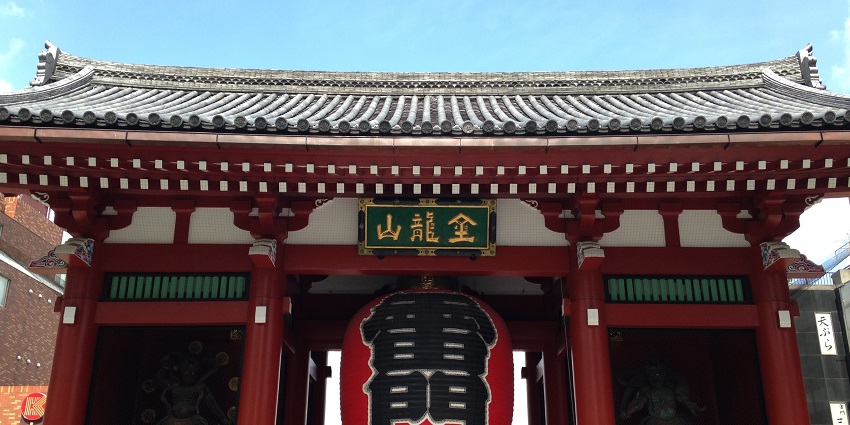
Photo: そらみみ / Wikimedia Commons
The Kaminarimon Gate, or “Thunder Gate,” serves as the majestic entrance to Sensoji Temple. Standing at 11.7 meters tall and 11.4 meters wide, it features a massive red lantern weighing approximately 700 kilograms. Flanking the gate are statues of Fujin (the wind god) and Raijin (the thunder god), symbolizing protection against natural disasters. Passing through this iconic gate offers a profound sense of entering a sacred and historic space.
2. Shop At Nakamise Street
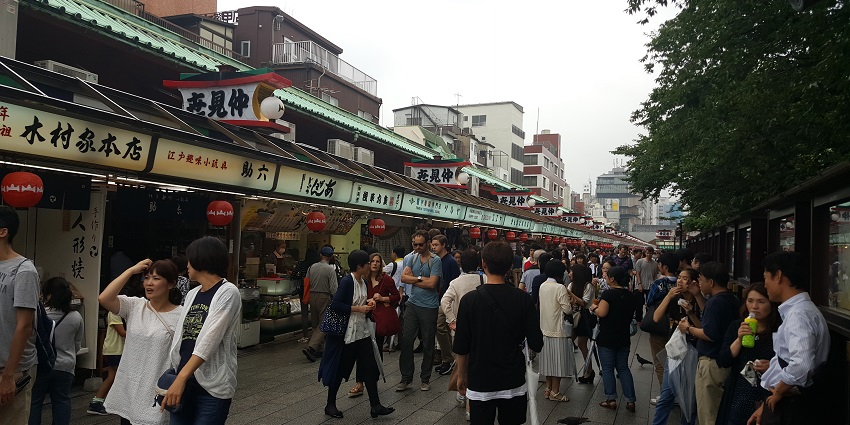
Photo: Choi2451 / Wikimedia Commons
Leading up to Sensoji Temple, Nakamise Street stretches approximately 250 meters and is one of Japan’s oldest shopping avenues. With around 90 shops, it offers a variety of traditional goods, from handcrafted souvenirs to local snacks like ningyo-yaki (doll-shaped cakes) and kaminari-okoshi (sweet puffed rice). Many of these establishments have been operated by the same families for generations, preserving the historical ambiance of the area.
3. Experience Omikuji Fortune-Telling
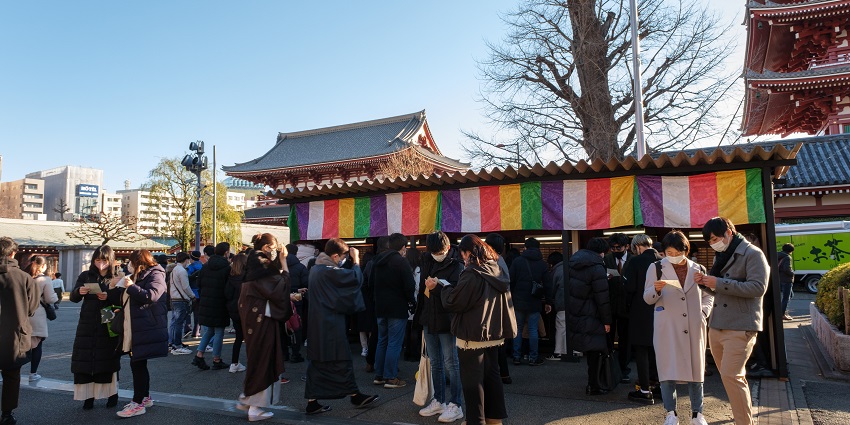
Photo: Real Estate Japan / Wikimedia Commons
At Sensoji Temple, engaging in the tradition of omikuji offers insight into one’s fortune. For a small offering, typically 100 yen, visitors shake a metal canister until a numbered stick emerges. This number corresponds to a drawer containing a paper slip that reveals one’s fortune, ranging from great blessings to minor setbacks. If a favourable fortune is drawn, it’s customary to keep it as a token of good luck.
Places To Visit In And Around Sensoji Temple
Elevate your travel experience with a stop at these must-visit places after Sensoji Temple timings:
1. Tokyo Skytree
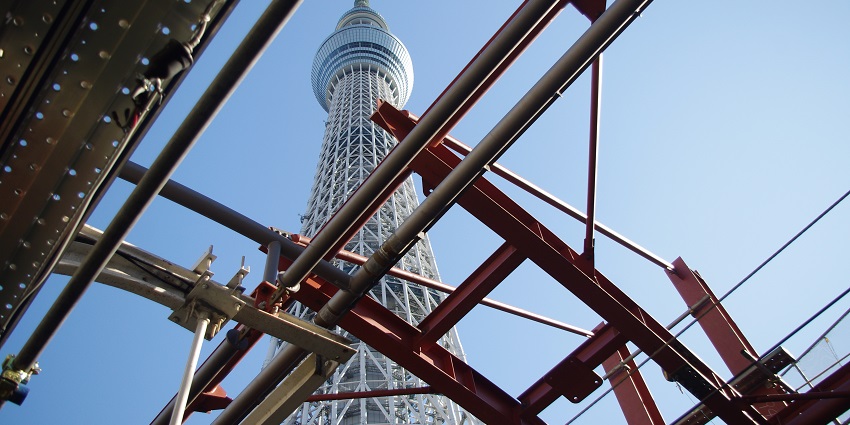
Photo: Takuya Ichihara / Wikimedia Commons
Tokyo Skytree stands as Japan’s tallest structure, reaching 634 meters. Its two observation decks, situated at 350 and 450 meters, provide panoramic views of Tokyo. The lower deck features expansive windows, a café, and shops, while the upper deck boasts a spiralling glass and steel ramp, offering a unique “skywalk” experience. At the base, Tokyo Solamachi houses over 300 shops and restaurants, along with attractions like the Sumida Aquarium.
Location: Sumida, Tokyo, Japan
Distance From Temple: 2 km
Major Attractions: Observation decks, Sumida Aquarium
2. Ueno Park
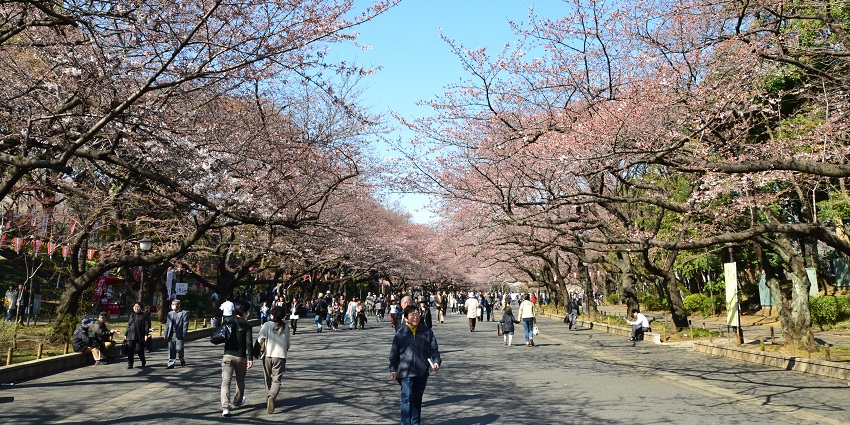
Photo: Tomi Mäkitalo / Wikimedia Commons
Ueno Park is a sprawling public space adjacent to Ueno Station. Originally part of Kaneiji Temple, it was transformed into one of Japan’s first Western-style parks in 1873. The park is renowned for its numerous museums, including the Tokyo National Museum and the National Museum of Nature and Science. During late March and early April, over 1,000 cherry trees bloom along its central pathway, making it a prime hanami spot.
Location: Ueno, Taito, Tokyo, Japan
Distance From Temple: 2.7 km
Major Attractions: Tokyo National Museum, Ueno Zoo
3. Akihabara
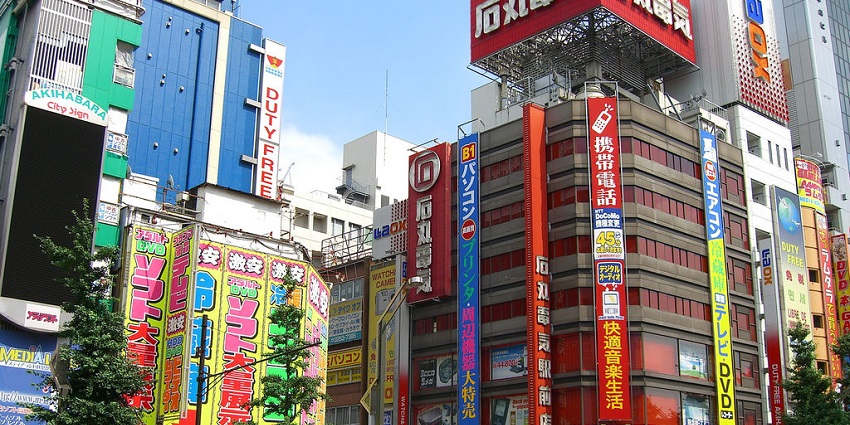
Photo: Ren Bucholz / Wikimedia Commons
Akihabara, often dubbed the epicentre of otaku culture, is a vibrant district teeming with electronics retailers and anime-related shops. Landmarks like Radio Kaikan house numerous stores offering a vast array of manga, figurines, and collectables. The area is also famous for its themed establishments, particularly maid cafés, where staff dressed as maids or anime characters provide a unique dining experience.
Location: Chiyoda, Tokyo, Japan
Distance From Temple: 3.2 km
Major Attractions: Yodobashi Camera, Mandarake anime store
Where To Stay
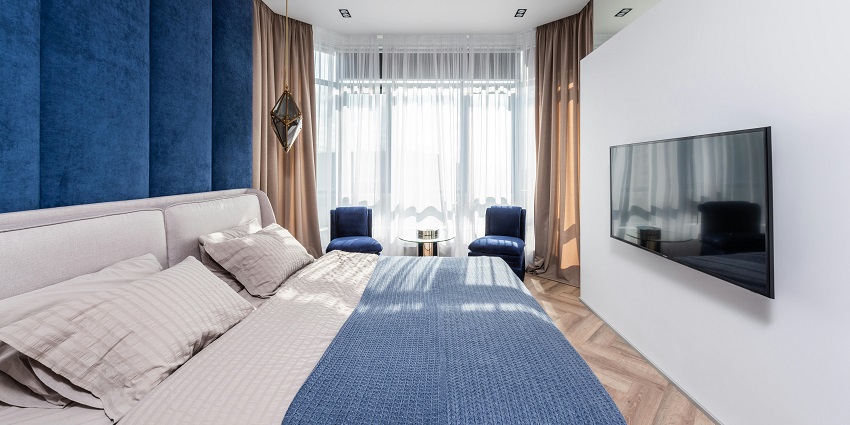
Photo: Max Vakhtbovycn / Pexels / Image For Representation Only
Staying near Sensoji Temple offers easy access to Tokyo’s cultural and historic sites. Asakusa has a range of accommodations, from budget-friendly hostels to luxury hotels. The Gate Hotel Asakusa Kaminarimon offers modern comfort with rooftop views. Asakusa View Hotel provides upscale stays near the temple. For a traditional experience, Ryokan Kamogawa features tatami-style rooms.
Where To Eat

Photo: Sakurai Midori / Wikimedia Commons
When visiting Sensoji Temple in Asakusa, Tokyo, you’ll find a variety of dining options nearby. For a quick snack, try Asakusa Kagetsudo Honten, renowned for its freshly baked. If you’re craving ramen, Ramen Yoroiya offers a flavorful bowl in a cosy setting. For a traditional sushi experience, Bentenyama Miyako Sushi serves Edomae-style sushi with fresh ingredients.
Best Time To Visit
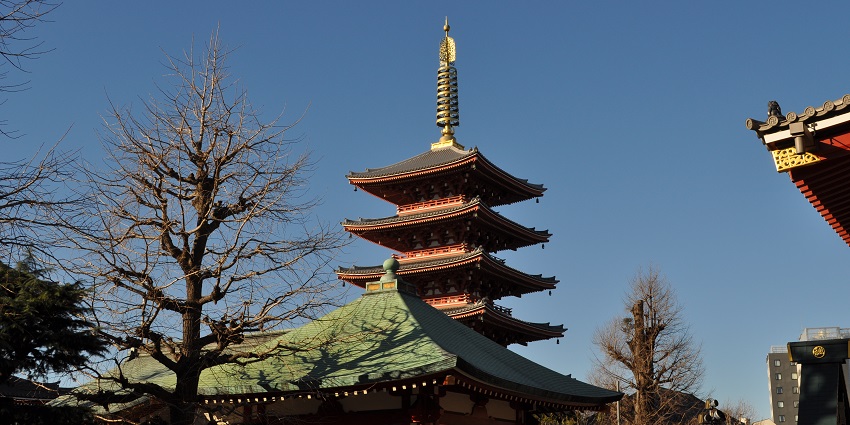
Photo: Yblieb / Wikimedia Commons
The best time to visit Sensoji Temple is early morning (before 9 AM) or late evening (after 6 PM) to avoid crowds. Spring (March to May) is ideal, with cherry blossoms enhancing the temple’s beauty. Autumn (September to November) offers pleasant weather and vibrant foliage. Summer (June to August) is hot and humid, while winter (December to February) provides a peaceful atmosphere. Special events like the Sanja Matsuri in May and New Year celebrations attract large crowds. Weekday visits guarantee a more tranquil experience.
Other Factors To Consider

Photo: Vlada Karpovich / Pexels / Image For Representation Only
Keep the following tips in mind to enjoy a smooth and hassle-free experience:
- Sensoji Temple is one of Tokyo’s most visited sites. Visit early morning or late evening to avoid large crowds.
- There is no strict dress code, but modest clothing is recommended as it is a religious site.
- Although flash is not permitted within the shrine, photography is permitted. Respect worshippers while taking Sensoji Temple photos.
- The temple grounds are easy to explore on foot and wheelchair-accessible.
Visiting Sensoji Temple is a journey through Japan’s rich cultural and spiritual heritage. From the iconic Kaminarimon Gate to the bustling Nakamise Street, every corner of the temple offers a glimpse into Tokyo’s past. With its deep-rooted traditions and vibrant surroundings, Sensoji Temple is a must-visit destination for any traveller exploring Tokyo. Book your trip today with TripXL.
Cover Photo: そらみみ / Wikimedia Commons


 WhatsApp
WhatsApp
 Twitter
Twitter



